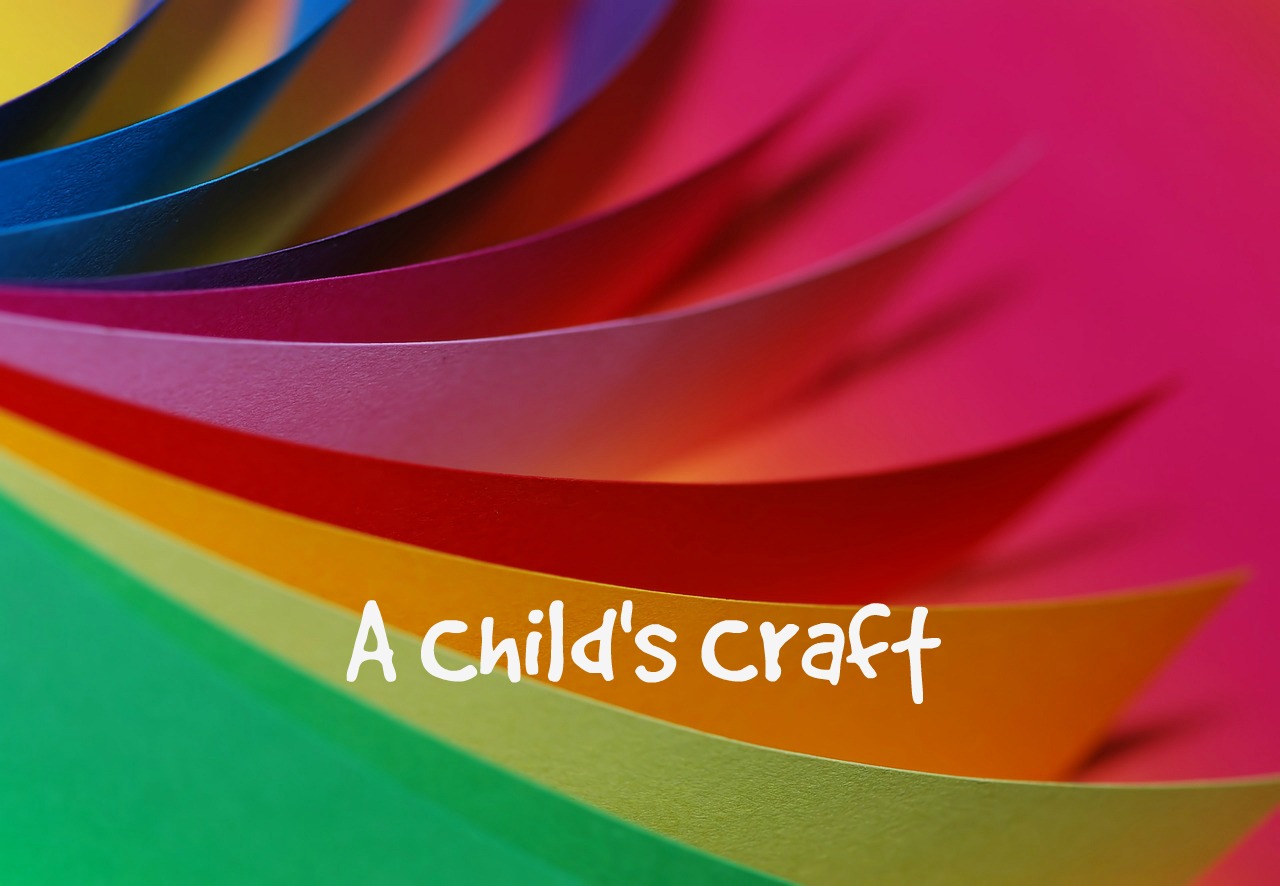
Even A Chewable Board book Must Be Accurate
Research for 181 words? Research and back matter have never been more important. Reviewers and consumers have access to…
March 8, 2024
Research for 181 words? Research and back matter have never been more important. Reviewers and consumers have access to…
March 8, 2024
Have you met adults who somehow believe that writing a picture book is EASY because there are so FEW…
July 8, 2023
Things are getting more exciting for fall – real conferences in person with live editors taking pitches. But until…
August 16, 2022
We’ve all read picture books that just seemed not quite right – the subject matter was too obscure for…
April 8, 2022
Board books have extra thick coated pages that small hands can turn and chewing babies can sink their teeth…
December 8, 2021
Book Genres specify the types of literature that share certain common aspects. Genres include mystery, romance, historical fiction,…
September 21, 2017
So you have this fabulous idea of a story for children. You’ve told bedtime stories to your children every…
June 28, 2015